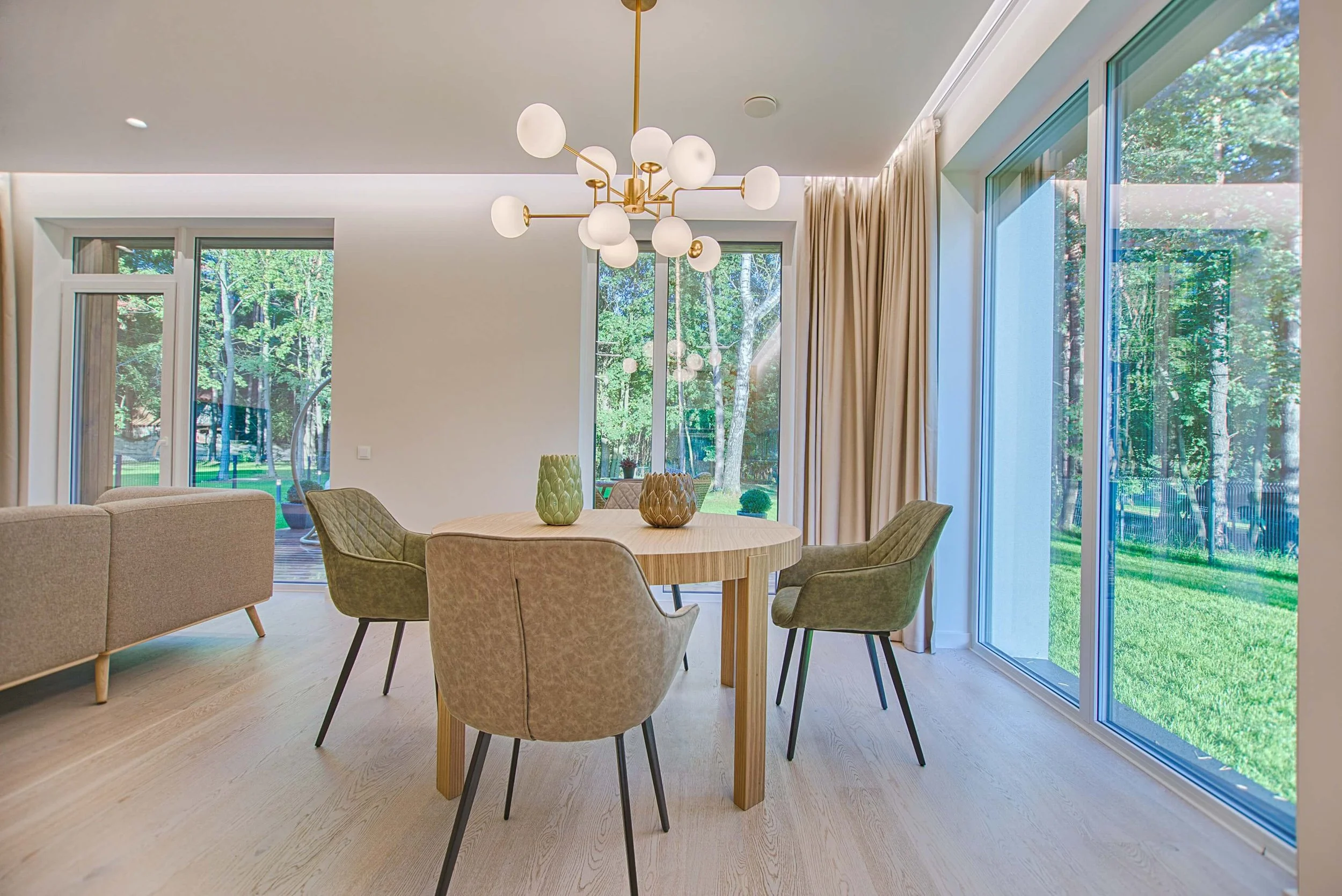DIY Powder Coating: A Comprehensive Guide for Homeowners
The powder coating is a great way to add durability and style to metal objects around your home. Powder coating is a type of coating that is applied as a free-flowing, dry powder to enhance the look and elongate the life of the metal objects. The key difference between powder coating and traditional liquid paint is that powder coating does not require a solvent to keep the binder and filler parts in a liquid suspension form. This is because it uses heat to melt and fuse the powder into a hard, protective layer.
Benefits of Powder Coating
Let's check out some of the benefits of powder coating before we discuss how one can do it themselves. First and foremost, powder coating is extremely durable. The coating resists any type of chipping, scratching, and fading better than traditional liquid paint. Hence making it ideal for objects that will see a lot of use. If you are trying to revamp or renovate your home, this can come in handy for you as well.
Powder coating is available in a wide variety of colours and finishes, including matte, glossy, and textured options. This makes it easy to customise the look of your coated items to match your style and decor.
Why DIY?
While professional powder coating suppliers and services are widely available, the process can be a bit heavy on the pocket. Fortunately, DIY powder coating is an option for those who are willing to put in a little bit of effort. With the correct tools, you can powder coat metal objects at home and achieve professional-looking results.
Here's a comprehensive guide on how to get started with DIY powder coating.
Gather Your Materials
Before you get started with powder coating, here's a list of what you'll need-
A powder coating gun
Powder coating powder in the colour and finish of your choice
A curing oven or heat gun
A compressor
Sandpaper
A wire brush
A degreaser
Safety equipment, including a respirator mask and gloves
Clean up the Surface
Before the powder coating, you'll need to clean up your object. So, start by cleaning it thoroughly with a degreaser to remove any dirt, oil, or other debris that may be on the surface. Once it's clean, use sandpaper or a wire brush to rough up the surface of the metal. This will help the powder coating stick up or adhere more effectively. Finally, wipe down the surface with a clean, dry cloth to remove any remaining debris.
Apply the Powder Coating
Now it's time to apply the powder coating. You can start by filling your powder coating gun with the powder coating powder of your choice. Make sure to adjust the settings on your gun as needed to achieve the desired thickness and pattern of the powder. When you're ready to start coating, point the gun at the object and spray the powder in a back-and-forth motion, making sure to cover the entire surface evenly. However, don't worry about any excess powder that may fall off the object, as it can be reused later.
Time to Heat Things Up
Once you've coated your object with powder, it's time to cure it. This involves heating the powder-coated object to a high temperature, causing the powder to melt and fuse into a hard, protective layer. The specific temperature and duration of the curing process will depend on the type of powder coating powder you're using, so be sure to follow the manufacturer's instructions carefully. You can use the method of thermal spraying, which is done with the help of a heat gun in order to apply heat until the powder has cured.
Reapply the Powder Coating (If Required)
If you're not happy with the thickness or coverage of your powder coating, you can reapply the powder and cure it again. Simply repeat the application and curing process until you're satisfied with the results.
You're All Set!
Once your powder coating has cured, the object is all set now! It should be durable and resistant to chipping, scratching, and fading. Use it as intended, whether that's as a piece of outdoor furniture, a metal gate, or even a car part.
With DIY powder coating, you can achieve professional-looking results without breaking the bank. And with a wide variety of powder coating powders available, you can customize the look of your coated objects to match your style and decor. Before you get started with DIY powder coating, be sure to gather all the necessary materials and safety equipment. Follow the preparation, application, and curing steps carefully to ensure the best results.
Practice for Perfection
With a little bit of practice, you'll be able to powder-coat metal objects like a pro. In addition to being a cost-effective way to add durability and style to metal objects around your home, DIY powder coating is also an environmentally friendly option. Unlike traditional liquid paint, powder coating does not contain solvents or other harmful chemicals. Additionally, the excess powder can be collected and reused, reducing waste.
Conclusion
In conclusion, DIY powder coating is an excellent option for homeowners who want to add durability and style to metal objects around their homes. With the right tools and techniques, you can achieve professional-looking results without breaking the bank. Follow the steps outlined in this guide and enjoy your newly powder-coated objects for years to come.
Author: Mihir Vasoya






